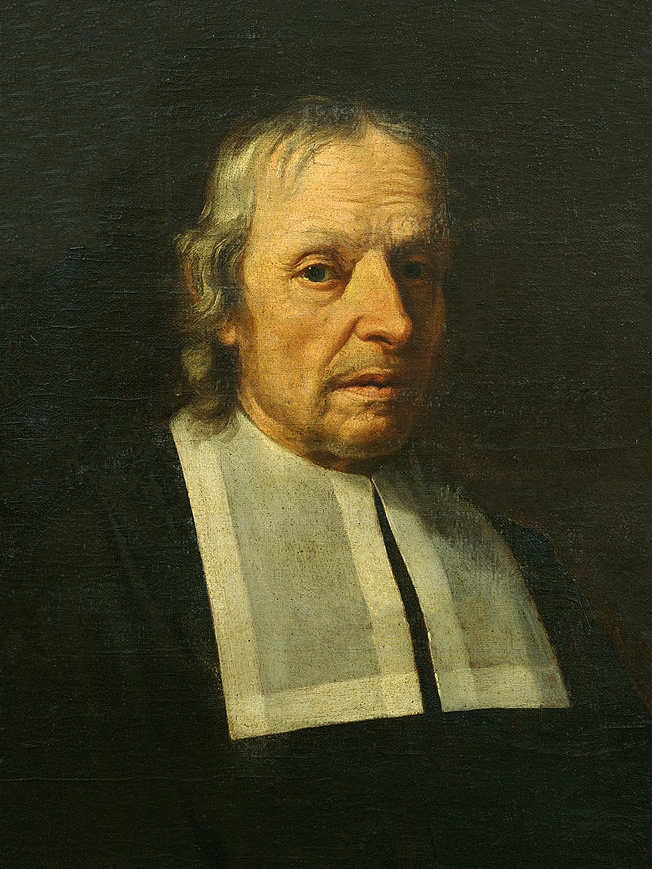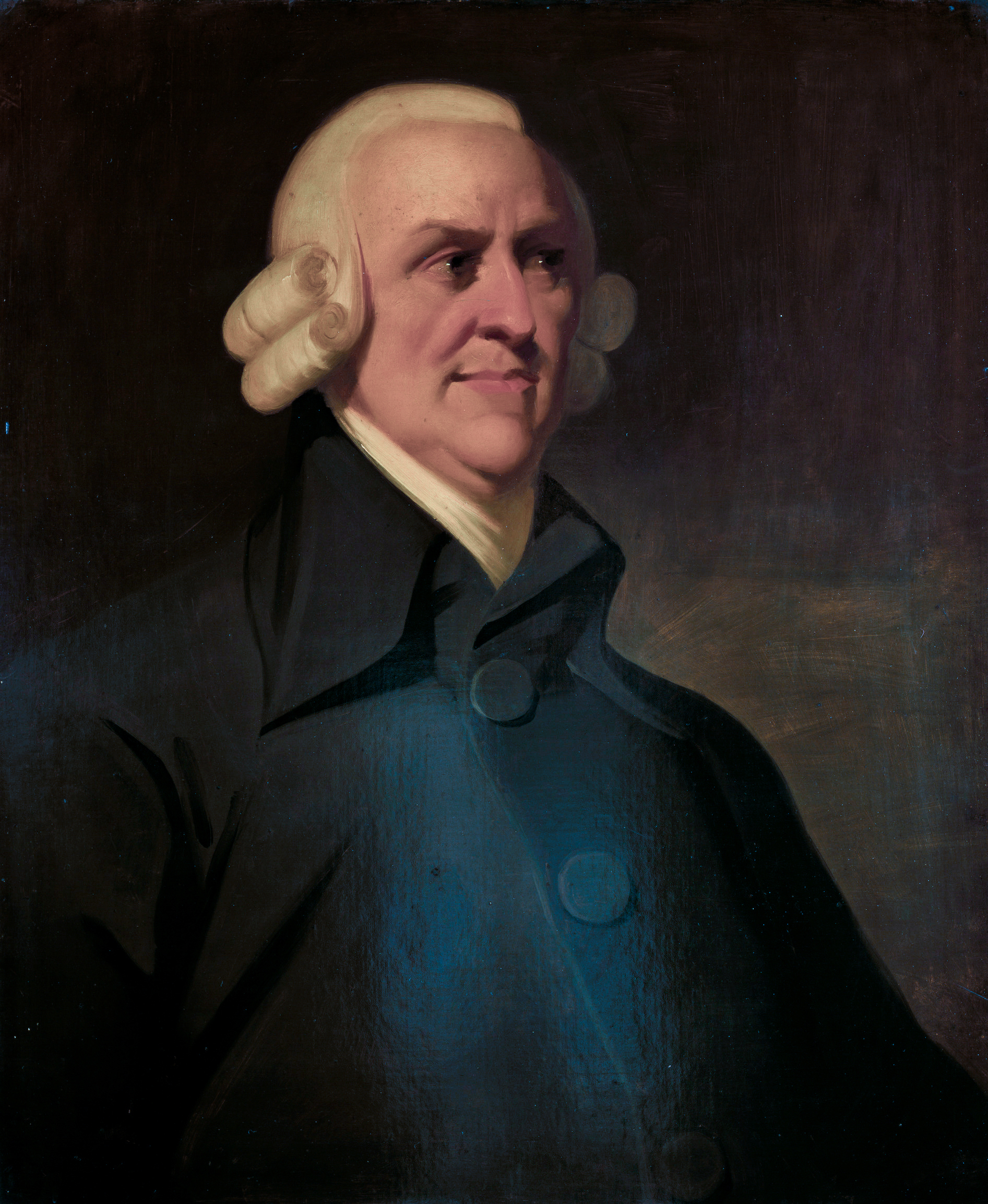|
Giacomo Anziani
Giacomo Anziani (Ravenna, 1681 - 1723) was an Italian architect, painter, and engraver, active in a late-baroque style. Biography He was a follower of Carlo Cignani. He made paintings of ''Santi Mauro, Placido, and San Felice with the Virgin'' for the now extinct church of San Giovanni Evangelista. He painted, along with his pupil Domenico Capaci, an altarpiece in the presbytery of Sant'Apollinare Nuovo The Basilica of Sant'Apollinare Nuovo is a basilica church in Ravenna, Italy. It was erected by the Ostrogothic king Theodoric the Great as his palace chapel during the first quarter of the 6th century (as attested to in the ''Liber Pontificalis ... in Ravenna. . In 1723, he helped design the Teatro Communale, built posthumously. References [...More Info...] [...Related Items...] OR: [Wikipedia] [Google] [Baidu] |
Ravenna
Ravenna ( ; , also ; ) is the capital city of the Province of Ravenna, in the Emilia-Romagna region of Northern Italy. It was the capital city of the Western Roman Empire during the 5th century until its Fall of Rome, collapse in 476, after which it served as the capital of the Ostrogothic Kingdom and then the Byzantine Exarchate of Ravenna. It has 156,444 inhabitants as of 2025.Initially settled by the Umbri people, Ravenna came under Roman Republic control in 89 BC. Augustus, Octavian built the military harbor of Classe, ancient port of Ravenna, Classis at Ravenna, and the city remained an important seaport on the Adriatic Sea, Adriatic until the early Middle Ages. The city prospered under imperial rule. In 401, Western Roman emperor Honorius (emperor), Honorius moved his court from Mediolanum to Ravenna; it then served as capital of the empire for most of the 5th century. After the fall of the Western Roman Empire, Ravenna became the capital of Odoacer until he was defeated by ... [...More Info...] [...Related Items...] OR: [Wikipedia] [Google] [Baidu] |
Carlo Cignani
Carlo Cignani (; 15 May 1628 – 8 September 1719) was an Italian painter. His innovative style referred to as his 'new manner' introduced a reflective, intimate mood of painting and presaged the later pictures of Guido Reni and Guercino, as well as those of Simone Cantarini. This gentle manner marked a break with the more energetic style of earlier Bolognese classicism of the Bolognese School (painting), Bolognese School of painting. Life He was born to a family of noble ancestry, but limited resources, in Bologna. His father's first name was Pompeo, and his mother, Maddalena Quaini. In Bologna, he studied first under Battista Cairo and later under Francesco Albani, to whom he remained closely allied, and was his most famous disciple. His first noted commission was a ''St Paul exorcising demon'' for the church of the Gesu in Bologna. For a hall dedicated to the Farnese in the Palazzo Publico, he painted with Emilio Taruffi, Taruffi, depicting the ''Francis, king of France, curing ... [...More Info...] [...Related Items...] OR: [Wikipedia] [Google] [Baidu] |
Sant'Apollinare Nuovo
The Basilica of Sant'Apollinare Nuovo is a basilica church in Ravenna, Italy. It was erected by the Ostrogothic king Theodoric the Great as his palace chapel during the first quarter of the 6th century (as attested to in the ''Liber Pontificalis''). This Arian church was originally dedicated in 504 AD to "Christ the Redeemer". It was reconsecrated in 561 AD, under the rule of the Byzantine emperor Justinian I, under the new name "Sanctus Martinus in Coelo Aureo" ("Saint Martin in Golden Heaven"). Suppressing the Arian church, the church was dedicated to Saint Martin of Tours, a foe of Arianism. According to legend, Pope Gregory the Great ordered that the mosaics in the church be blackened, as their golden glory distracted worshipers from their prayers. The basilica was renamed again in 856 AD when relics of Saint Apollinaris were transferred from the Basilica of Sant'Apollinare in Classe because of the threat posed by frequent raids of pirates from the Adriatic Sea. Its apse ... [...More Info...] [...Related Items...] OR: [Wikipedia] [Google] [Baidu] |
17th-century Italian Painters
The 17th century lasted from January 1, 1601 (represented by the Roman numerals MDCI), to December 31, 1700 (MDCC). It falls into the early modern period of Europe and in that continent (whose impact on the world was increasing) was characterized by the Baroque cultural movement, the latter part of the Spanish Golden Age, the Dutch Golden Age, the French '' Grand Siècle'' dominated by Louis XIV, the Scientific Revolution, the world's first public company and megacorporation known as the Dutch East India Company, and according to some historians, the General Crisis. From the mid-17th century, European politics were increasingly dominated by the Kingdom of France of Louis XIV, where royal power was solidified domestically in the civil war of the Fronde. The semi-feudal territorial French nobility was weakened and subjugated to the power of an absolute monarchy through the reinvention of the Palace of Versailles from a hunting lodge to a gilded prison, in which a greatly ... [...More Info...] [...Related Items...] OR: [Wikipedia] [Google] [Baidu] |
Italian Male Painters
Italian(s) may refer to: * Anything of, from, or related to the people of Italy over the centuries ** Italians, a Romance ethnic group related to or simply a citizen of the Italian Republic or Italian Kingdom ** Italian language, a Romance language *** Regional Italian, regional variants of the Italian language ** Languages of Italy, languages and dialects spoken in Italy ** Italian culture, cultural features of Italy ** Italian cuisine, traditional foods ** Folklore of Italy, the folklore and urban legends of Italy ** Mythology of Italy, traditional religion and beliefs Other uses * Italian dressing, a vinaigrette-type salad dressing or marination * Italian or Italian-A, alternative names for the Ping-Pong virus, an extinct computer virus * ''Italien'' (magazine), pro-Fascist magazine in Germany between 1927 and 1944 See also * * * Italia (other) * Italic (other) * Italo (other) * The Italian (other) The Italian may refer to: * ''The Ital ... [...More Info...] [...Related Items...] OR: [Wikipedia] [Google] [Baidu] |
18th-century Italian Painters
The 18th century lasted from 1 January 1701 (represented by the Roman numerals MDCCI) to 31 December 1800 (MDCCC). During the 18th century, elements of Enlightenment thinking culminated in the Atlantic Revolutions. Revolutions began to challenge the legitimacy of monarchical and aristocratic power structures. The Industrial Revolution began mid-century, leading to radical changes in human society and the environment. The European colonization of the Americas and other parts of the world intensified and associated mass migrations of people grew in size as part of the Age of Sail. During the century, slave trading expanded across the shores of the Atlantic Ocean, while declining in Russia and China. Western historians have occasionally defined the 18th century otherwise for the purposes of their work. For example, the "short" 18th century may be defined as 1715–1789, denoting the period of time between the death of Louis XIV of France and the start of the French Re ... [...More Info...] [...Related Items...] OR: [Wikipedia] [Google] [Baidu] |
1681 Births
Events January–March * January 1 – Prince Muhammad Akbar, son of the Mughal Emperor Aurangzeb, initiates a civil war in India. With the support of troops from the Rajput states, Akbar declares himself the new Mughal Emperor and prepares to fight his father, but is ultimately defeated. * January 3 – The Treaty of Bakhchisarai is signed, between the Ottoman vassal Crimean Khanate and the Russian Empire. * January 18 – The "Exclusion Bill Parliament", summoned by King Charles II of England in October, is dissolved after three months, with directions that new elections be held, and that a new parliament be convened in March in Oxford. * February 2 – In India, the Mughal Empire city of Burhanpur (now in the Indian state of Madhya Pradesh) is sacked and looted by troops of the Maratha Empire on orders of the Maratha emperor, the Chhatrapati Sambhaji. General Hambirrao Mohite began the pillaging three days earlier. * March 4 – In order ... [...More Info...] [...Related Items...] OR: [Wikipedia] [Google] [Baidu] |
1723 Deaths
Events January–March * January 25 – English-born pirate Edward Low intercepts the Portuguese ship ''Nostra Signiora de Victoria''. After the Portuguese captain throws his treasure of 11,000 gold coins into the sea rather than surrendering it, Low orders the captain's brutal torture and execution, then has the rest of the ''Victoria'' crew murdered. Low commits more atrocities this year, but is not certainly heard of after the end of the year. * February 4 – The Kangxi Era ends in Qing dynasty China, and the Yongzheng Era begins, with the coronation of Yinzhen, the Yongzheng Emperor. * February 15 – King Louis XV of France attains his majority on his 13th birthday, bringing an end to the regency of his cousin Philippe II, Duke of Orléans. * March 9 – The Mapuche Uprising begins in Chile as the indigenous Mapuche people, commanded by Toqui (war chief) Vilumilla, leading an attack against the city of Tucapel. The war lasts until February ... [...More Info...] [...Related Items...] OR: [Wikipedia] [Google] [Baidu] |
People From Ravenna
The term "the people" refers to the public or common mass of people of a polity. As such it is a concept of human rights law, international law as well as constitutional law, particularly used for claims of popular sovereignty. In contrast, a people is any plurality of persons considered as a whole. Used in politics and law, the term "a people" refers to the collective or community of an ethnic group or nation. Concepts Legal Chapter One, Article One of the Charter of the United Nations states that "peoples" have the right to self-determination. Though the mere status as peoples and the right to self-determination, as for example in the case of Indigenous peoples (''peoples'', as in all groups of indigenous people, not merely all indigenous persons as in ''indigenous people''), does not automatically provide for independent sovereignty and therefore secession. Indeed, judge Ivor Jennings identified the inherent problems in the right of "peoples" to self-determination, as i ... [...More Info...] [...Related Items...] OR: [Wikipedia] [Google] [Baidu] |
Italian Baroque Painters
Italian(s) may refer to: * Anything of, from, or related to the people of Italy over the centuries ** Italians, a Romance ethnic group related to or simply a citizen of the Italian Republic or Italian Kingdom ** Italian language, a Romance language *** Regional Italian, regional variants of the Italian language ** Languages of Italy, languages and dialects spoken in Italy ** Italian culture, cultural features of Italy ** Italian cuisine, traditional foods ** Folklore of Italy, the folklore and urban legends of Italy ** Mythology of Italy, traditional religion and beliefs Other uses * Italian dressing, a vinaigrette-type salad dressing or marination * Italian or Italian-A, alternative names for the Ping-Pong virus, an extinct computer virus * ''Italien'' (magazine), pro-Fascist magazine in Germany between 1927 and 1944 See also * * * Italia (other) * Italic (other) * Italo (other) * The Italian (other) The Italian may refer to: * ''The Itali ... [...More Info...] [...Related Items...] OR: [Wikipedia] [Google] [Baidu] |



